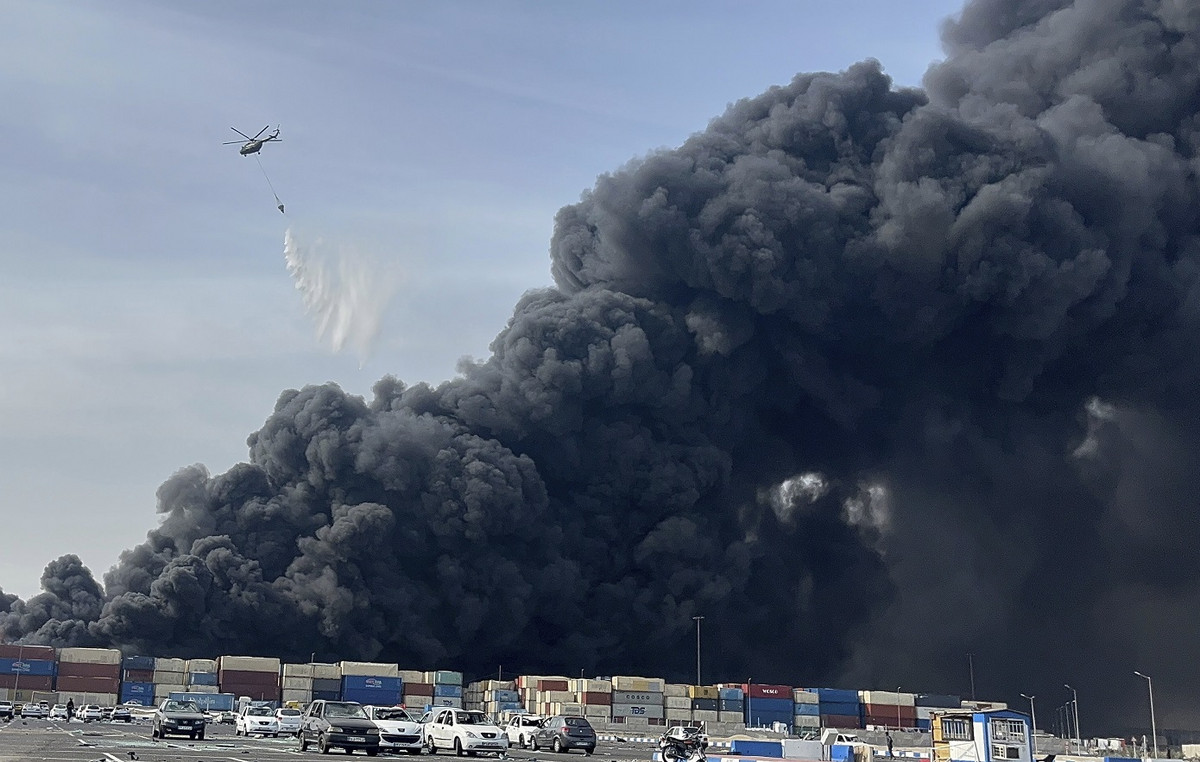Using his sleeve to wipe tear gas from his stinging eyes, Mugdho, 25, made his way through the crowd, handing out bottles of water to protesters whose demands for reform would soon bring down Bangladesh’s leader.
Fifteen minutes later, the university student would become a martyr of the protest movement when a bullet pierced his forehead as he stopped to rest during the scorching afternoon heat in the capital, Dhaka.
Mugdho – whose full name was Mir Mahfuzur Rahman – was rushed to hospital by his friend and other protesters, but it was too late, his twin Snigdho – Mir Mahbubur Rahman – told CNN . “I just hugged him and cried.”
The video of Mugdho distributing water before his death on July 18 shook the social news feeds of millions of people in Bangladesh, prompting more people to take to the streets demanding justice for the lives lost.
“Water, does anyone need water?” were the last words of Martyr Mir Mughdo, before he was shot to death on 18th July.#Save_Bangladeshi_students #StudentsUnderAttack #BangladeshiStudentsareinDanger #WeNeedYourHelp#StepdownPMSheikhHasina #PoliceBrutality #BanBSL #BangladeshBleeding pic.twitter.com/5q56Il4QV2
— Rafsan🇧🇩 (@rafsan787) July 27, 2024
What began as peaceful protests against a quota system for public sector jobs has turned into a nationwide movement to oust Prime Minister Sheikh Hasina from office, resulting in a deadly crackdown and clashes that have killed at least 300 people, according to local media and news outlets.
“(The killings) kept happening, and everyone was silent,” said Farah Porshia, a 23-year-old protester who works at a tech company in Dhaka. “We needed to stand up for ourselves, and for democracy.”
Hasina fled to India by helicopter last week as tens of thousands of protesters marched on her home.
On Thursday, Bangladeshi economist and Nobel Peace Prize winner Muhammad Yunus returned to Dhaka to form an interim government ahead of elections that the constitution says must be held within 90 days.
“I’m amazed at how much power we have,” Porshia said. “Because for years, we’ve all felt so powerless.”
Families seek justice
As the chaos of the past month gives way to an uneasy calm, many families are now seeking accountability for the deaths of their loved ones.

Identical twins Mugdho and Snigdho were inseparable from birth – they ate, slept and studied together, shared clothes and secrets.
“He wasn’t just my brother, he was my best friend, he’s one of my body parts,” Snigdho said. “We used to do everything together.”
A mathematics graduate, Mugdho was studying for an MBA, and Snigdho had graduated in Law.
The twins were planning to move to Italy this fall – to continue their studies and explore Europe on motorcycles. To save money for their trips, they were doing social media marketing for the online freelance hub Fiver.
Now, Snigdho and the twins’ elder brother Dipto – Mir Mahmudur Rahman – are facing a future without Mugdho.
They kept the university ID card Mugdho was wearing on a lanyard around his neck when he died — its splattered blood left to dry is a symbol of that dark day.
Now, they are trying to find solace in the impact Mugdho had on the protest movement.
“Because of him, people gained the strength to protest,” Snigdho said. “He always said, ‘I will make my parents proud someday.’ That moment has come.”
Mugdho died two days after another pivotal moment in the protests: the July 16 killing of 25-year-old Abu Sayed, captured on video that was widely circulated.
Amnesty International reviewed the videos and accused police officers of deliberately shooting Sayed with 12-gauge shotguns in an “apparently intentional and unprovoked attack” and condemned the authorities for using “unlawful force.”

THE CNN tried to contact the police to comment on the matter.
The shocking deaths of Sayed and Mugdho catapulted the unrest of a largely student-led protest into the mainstream.
“Everybody was on the streets, people of all races, religions, ethnicities, all ages, professionals, students, children were on the roads,” Porshia said.
Among the hundreds of people believed to have died during clashes in recent weeks, UNICEF says at least 32 were children.
In a small shack made of corrugated metal and mud in the heart of Dhaka, the parents of 13-year-old victim Mubarak are still trying to process what happened to their son.
His mother, Fareeda Begum, rocks back and forth, crying as she watches Mubarak’s TikTok videos on her phone — now all she has left of him.
The youngest of four siblings and the only one still living at home, Mubarak often helped his parents with the cows so they could sell milk and survive.
“He was a smiling, happy boy. If you gave him work, he would never say no, he would do it with a smile,” said his father, Mohammad Ramzan Ali, adding that he could also be “a little mischievous”.
Mubarak was playing with his friends on July 19 when the curious teenager walked a short distance from his home in central Dhaka to see the protests.
His parents only discovered he had been shot when they received a call from the hospital.
Holding his wife Fareeda in his arms as tears rolled down his face, Ali said, “My son was martyred by this movement.”
“I didn’t understand this protest before, we are ignorant,” he said. “But then what I understood is that this protest is not just for students, it is for the whole of Bangladesh.”
Source: CNN Brasil
Bruce Belcher is a seasoned author with over 5 years of experience in world news. He writes for online news websites and provides in-depth analysis on the world stock market. Bruce is known for his insightful perspectives and commitment to keeping the public informed.







